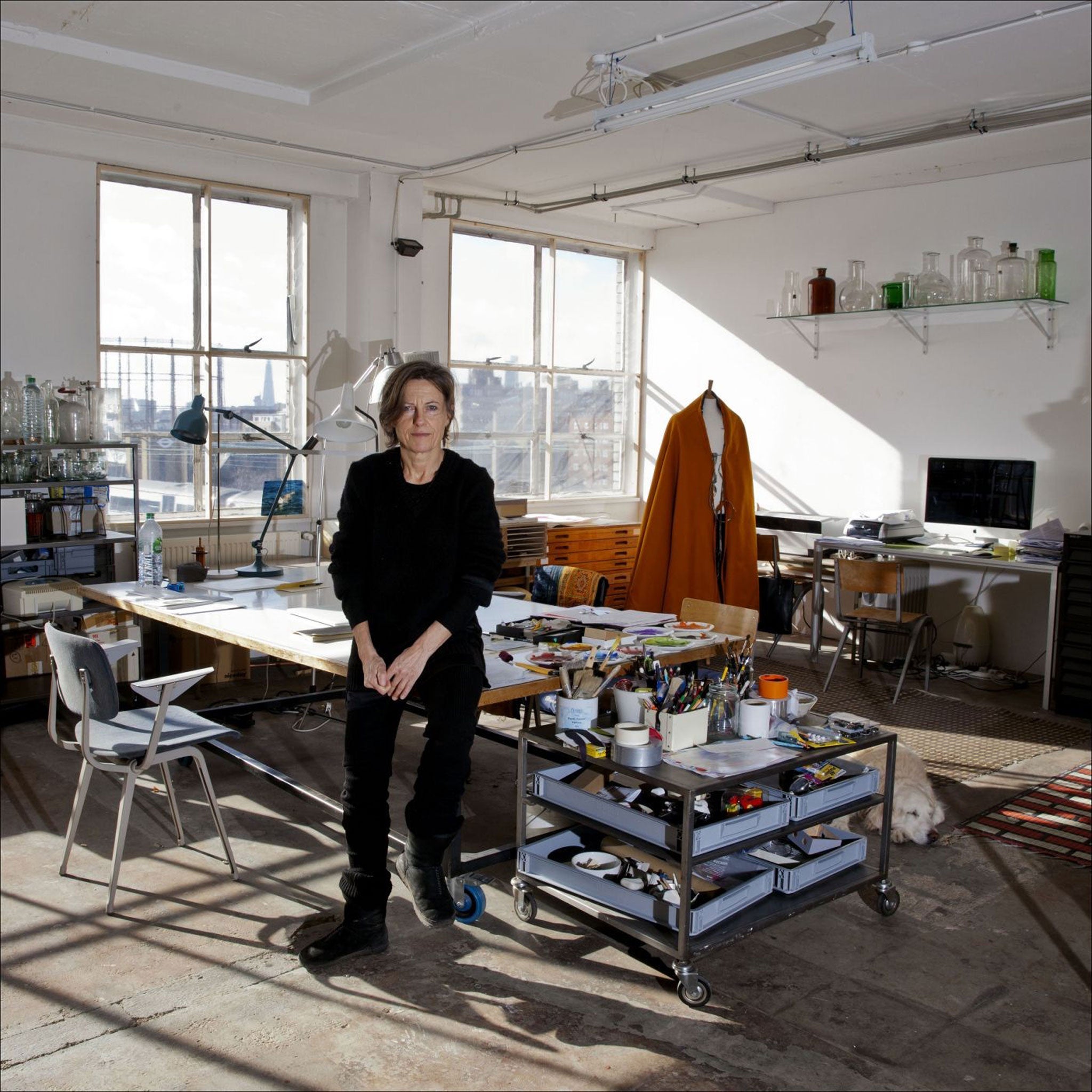Annie Ratti, artist: 'My work is about research - not thinking about having to produce at the time'
Karen Wright meets the Italian-born artist in her London Fields studio

Your support helps us to tell the story
From reproductive rights to climate change to Big Tech, The Independent is on the ground when the story is developing. Whether it's investigating the financials of Elon Musk's pro-Trump PAC or producing our latest documentary, 'The A Word', which shines a light on the American women fighting for reproductive rights, we know how important it is to parse out the facts from the messaging.
At such a critical moment in US history, we need reporters on the ground. Your donation allows us to keep sending journalists to speak to both sides of the story.
The Independent is trusted by Americans across the entire political spectrum. And unlike many other quality news outlets, we choose not to lock Americans out of our reporting and analysis with paywalls. We believe quality journalism should be available to everyone, paid for by those who can afford it.
Your support makes all the difference.Annie Ratti has been in this large loft-style studio in London Fields, in the east of the capital, for six years. It was a council building until someone took it over and turned it into a multi-purpose space. Her neighbours include a woman who does picture restoration and a Pilates studio, although, she admits, "We are the oldest people in the building."
Ratti grew up in a far more idyllic place – Lake Como, Italy, where she was born in 1956. She left for Paris in her late teens, and studied etching at the Ecole des Beaux-Art, before moving to New York City, where she joined the Whitney Studio Programme, leaving after a year to start making her own work and exhibiting.
She had by then moved away from two to three-dimensional installation, research led work. She had her first show at PS1 in New York being taken on by then curator Alanna Heis. New York in the Eighties was far removed from the less commercial Seventies, she says: "NY changed from being a place with non-profit spaces, and an experimental scene to one where artists were producing objects as commodities."
Disenchanted with this new materialistic scene, and missing friends and European culture, she moved back to Europe. Beginning to pursue her meticulously researched projects before transforming them into installations. She first returned to Paris where she began to organise studio exhibitions, and decided that she should also explore her Italian roots, living in Rome for several years. She began to exhibit there and eventually in 1995 took over the Fondazione Antonio Ratti that her father had founded in 1985 in Como.
She is currently working on a 3D video, the final part of a project on psilocybin mushrooms, more commonly known as magic mushrooms. Ratti learnt how to grow them, displaying them in sculptural form and made an illustrated artists book. "Following a transdisciplinary approach, my work is about research and brainstorming and not thinking about having to produce at the time."
Before I leave she invites me to enter the wooden cabin she has been constructing in the studio. It is a new work based on her research into the lesser-known scientific work of Wilhelm Reich, better known for his championing of free love in the 1960s. Along with believing that you could cure the world's ills by better orgasms, he thought that you could collect and harvest the chi energy using certain properties found in wool and iron and use it to try and heal people.
She laughs, "I read Reich when I was 16. I remember that my mum was furious as he wrote that sex was good for you in a free way." Becoming serious, she says that "discoveries that are empirical, not rational, need to be given more space for research and results".
Annie Ratti's work can be seen at the Auditorium, Rome (www.auditorium.com) in June
Join our commenting forum
Join thought-provoking conversations, follow other Independent readers and see their replies
Comments